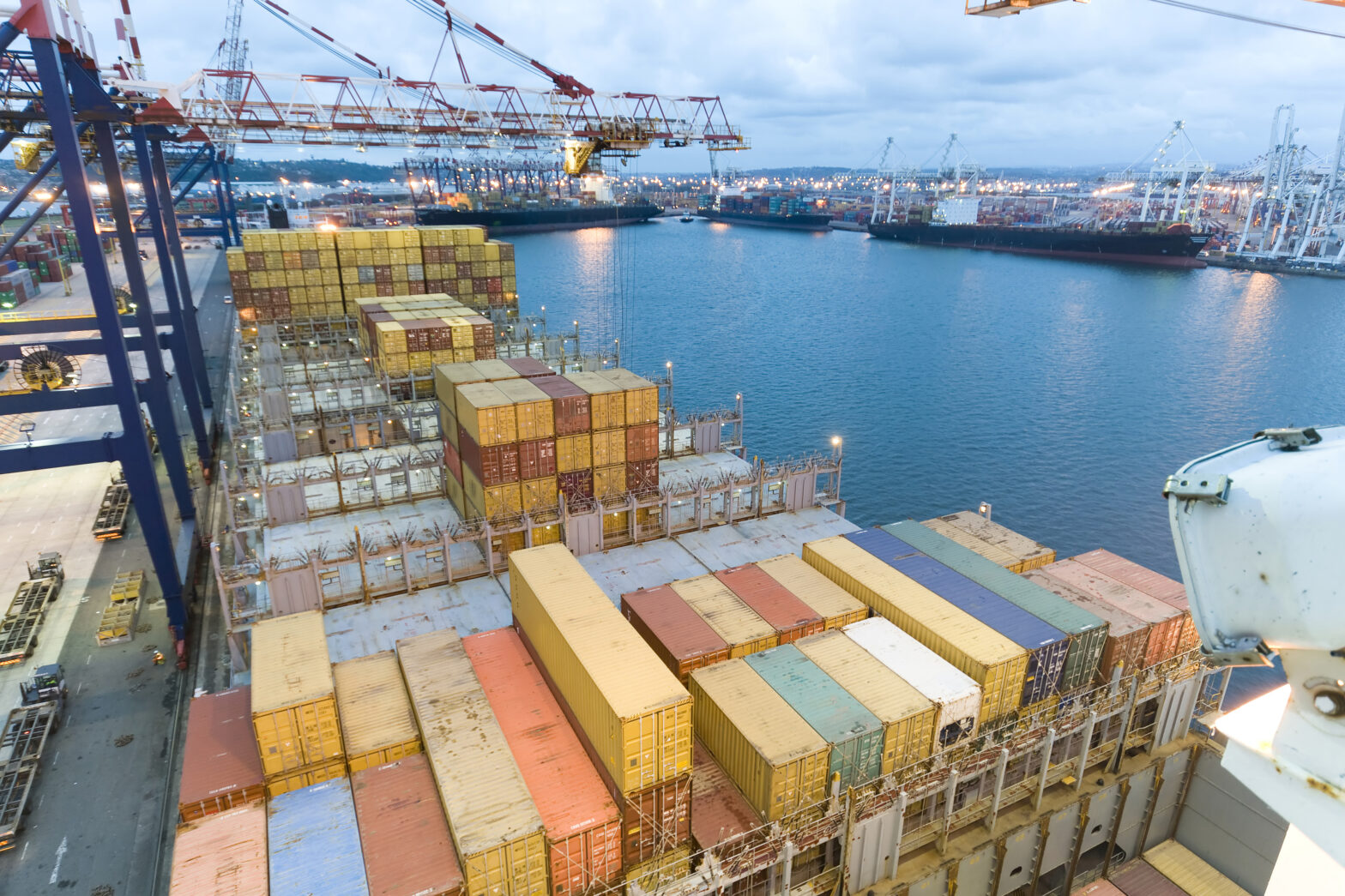UK businesses of any size can profit from international trade – but there are, of course, hurdles small businesses must overcome in order to make it a success.
Currency risk is one of the biggest of these challenges. Fluctuating exchange rates are difficult to budget for – if currency risk is not taken into account, currency moves can swallow profits and threaten your bottom line.
Happily, there are a number of ways exporters can limit exposure to currency risk:
The root of the problem
To deal effectively with currency risk, it helps to understand its roots.
As an exporter, your currency risk is associated with a lack of control over two things: sale price to customers, and the value of your revenues in British pounds.
If you’re invoicing in sterling when selling overseas, product price will vary depending on the strength or weakness of the pound against the customer’s currency. You may see increased demand when sterling is weak and waning demand when the pound is strong, and your product becomes more expensive for customers.
There are two ways that you could decide to deal with this:
1. Price the product, and receive revenues, in the currency of the local export market. This means taking the risk of a strengthening pound lowering the value of your revenues when you transfer them back into GBP.
2. Price your product in sterling and hope that foreign customers will be happy to continue buying it if the pound gains in value against their local unit.
Both options expose you to currency risk, so from here, you need to assess your options for addressing it.
Tackling the risk
There are three ways you can choose to deal with FX exposure:
- Pricing in the local currency? Open a local account: If you’re pricing in a local currency, you need a bank account in that currency in order to receive payments. Ideally, this should be local to the country in which you’re selling. By pricing this way, you will incur a cost for exchanging your turnover back from the local currency into pounds. If exchanging through your bank, this could cost as much as 3 per cent of your income. With this in mind, do ensure you’re getting the best exchange rate when you make the transfer – doing this can go a long way to minimise costs.
- Look at forward exchange contracts: A further option is to use a forward exchange contract to secure an exchange rate in advance. A forward contract enables you to secure the exchange rate from the local currency your goods are priced in, back to your base currency. By doing this, your margins are secured for an amount of turnover equal to the value of the contract – they will also be protected from fluctuations in exchange rates.
- Pass the risk to your customers: If you are pricing your products in pounds, the foreign exchange risk is effectively passed onto your customers. If you are happy to do this, there are still ways you can protect your customers from unexpected fluctuations. For instance, if your invoices are large (£5,000 or above) then you could negotiate a good exchange rate with a specialist provider and recommend it on to your customers – doing this can help limit any barrier against doing business with you.





